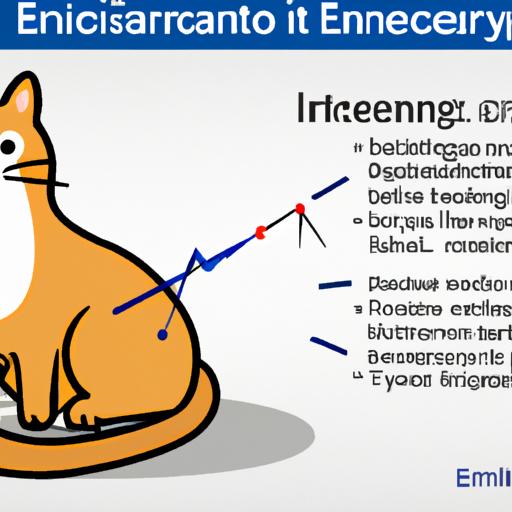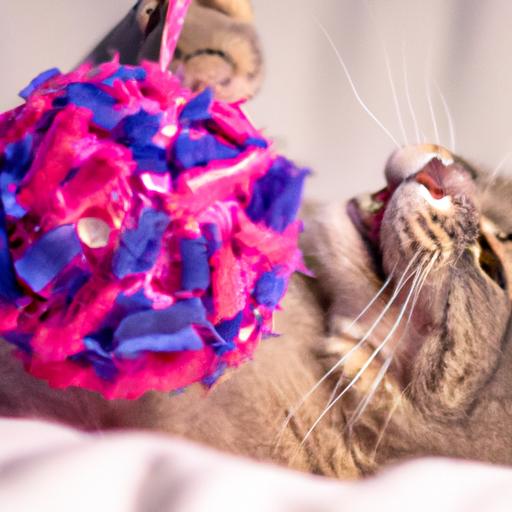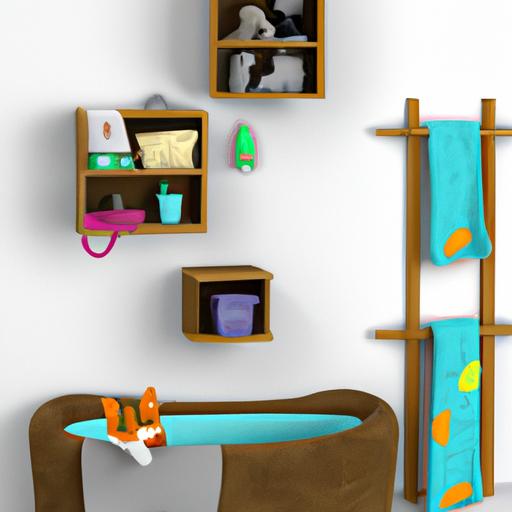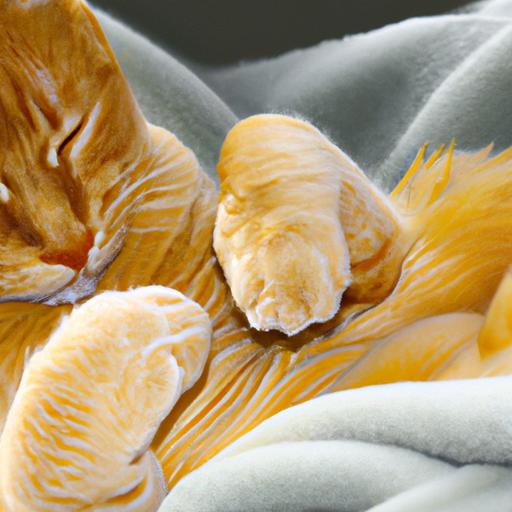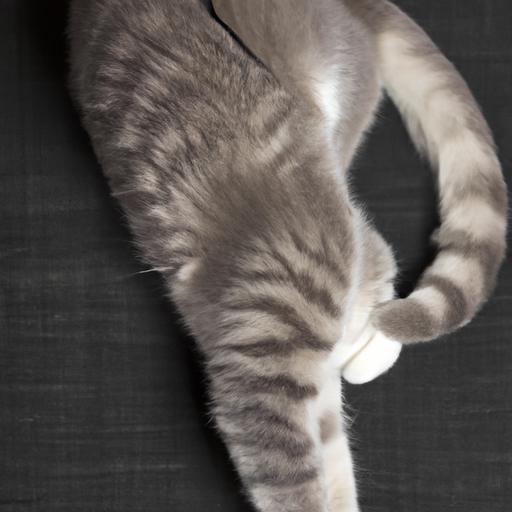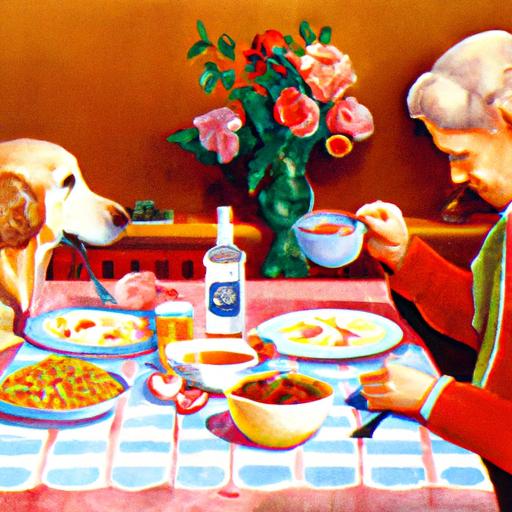
- Home
- Behavior and Training
- Establishing a Consistent Feeding Schedule: The Key to a Happy and Healthy Pet
Establishing a Consistent Feeding Schedule: The Key to a Happy and Healthy Pet
Discover the importance of establishing a consistent feeding schedule for your pet. Learn how to create a harmonious routine for a happy, healthy companion.
Introduction
Are you struggling to establish a consistent feeding schedule for your furry friend? It’s time to put an end to the chaos and bring order to mealtime! In this article, we’ll delve into the importance of establishing a consistent feeding routine for your pet and explore the numerous benefits it offers. So, let’s dive in and discover how you can create a harmonious feeding schedule that will keep your pet happy, healthy, and well-nourished.
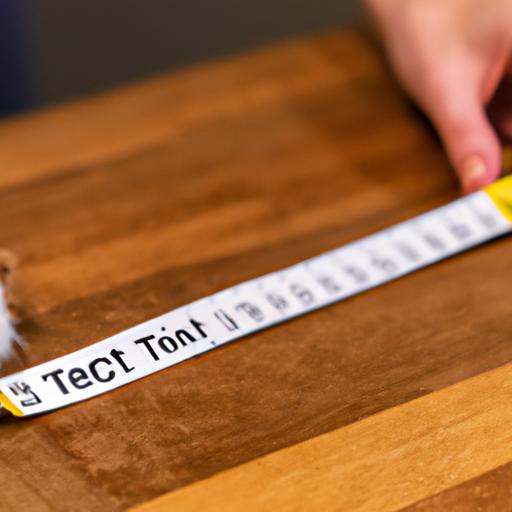
The Key Factors in Establishing a Consistent Feeding Schedule
Understanding your pet’s nutritional needs
One of the fundamental aspects of establishing a consistent feeding schedule is understanding your pet’s unique nutritional requirements. Every pet has different dietary needs, influenced by factors such as age, breed, size, and activity level. Consult with your veterinarian to determine the appropriate balance of proteins, fats, carbohydrates, and other essential nutrients for your pet. Armed with this knowledge, you can make informed decisions when selecting the right food for your furry friend.
Determining the appropriate portion sizes for meals
Portion control plays a crucial role in maintaining your pet’s health and weight. Overfeeding can lead to obesity and other health issues, while underfeeding can cause malnourishment. Consult your veterinarian or refer to the food packaging for guidelines on portion sizes based on your pet’s weight and age. Dividing the daily recommended amount into multiple meals throughout the day ensures your pet receives the right amount of food without overloading their digestive system.
Choosing the right type of food for your pet
The market is flooded with various types of pet food, making it overwhelming to choose the most suitable option. Whether you opt for commercial pet food or a homemade diet, ensure it meets the nutritional requirements of your pet. Look for high-quality ingredients, avoid fillers, and consider your pet’s specific needs, such as allergies or sensitivities. Consulting with your veterinarian can provide valuable insights into the best food choices for your furry friend.
Establishing specific feeding times
Establishing a consistent feeding routine involves setting specific feeding times for your pet. Dogs and cats thrive on routine, so aim to feed them at the same time every day. Regular meal times not only provide structure to their day but also help prevent behavioral issues, such as begging or scavenging for food. Find a schedule that aligns with your lifestyle and stick to it, ensuring your pet’s meals are given without significant deviation.
FAQ (Frequently Asked Questions)
What are the potential risks of an inconsistent feeding schedule?
Inconsistent feeding schedules can disrupt your pet’s digestion and overall well-being. It can lead to irregular bowel movements, indigestion, and even behavioral problems. Additionally, an irregular feeding routine can make it difficult for pet owners to monitor their pet’s appetite, making it challenging to detect any changes in their eating habits that might indicate underlying health issues.
How often should I feed my pet?
The frequency of feeding depends on the age and specific needs of your pet. Puppies and kittens require more frequent meals, typically three to four times a day, to support their rapid growth and development. Adult dogs and cats generally do well with two meals a day, while some smaller breeds may benefit from three smaller meals. Consulting with your veterinarian will help you determine the appropriate feeding frequency for your furry companion.
Can I free-feed my pet instead of following a schedule?
Free-feeding, where food is available to your pet at all times, might seem convenient, but it can lead to overeating and weight gain. It also makes it challenging to monitor your pet’s appetite and detect any changes in their eating patterns. Establishing a consistent feeding schedule helps regulate portion sizes and ensures your pet maintains a healthy weight.
What should I do if my pet refuses to eat at the designated feeding times?
If your pet refuses to eat at the designated feeding times, it can be concerning. However, it’s important not to panic. Assess if any environmental factors or changes in your pet’s routine could be causing stress or anxiety. If the behavior persists, consult with your veterinarian to rule out any underlying health issues. They can provide guidance on adjusting the feeding schedule or recommend alternative approaches to entice your pet to eat.
Conclusion
Establishing a consistent feeding schedule is a simple yet powerful way to ensure the well-being of your beloved pet. By understanding their nutritional needs, determining appropriate portion sizes, choosing the right food, and adhering to specific feeding times, you’re providing them with stability, structure, and optimal nutrition. Embrace the benefits of a consistent feeding routine and enjoy a happier, healthier, and more contented pet by your side.
Remember, consult with your veterinarian for personalized advice and recommendations tailored to your pet’s specific needs. With a little effort and commitment, you can create a feeding schedule that brings harmony to mealtime and strengthens the bond between you and your furry companion.















